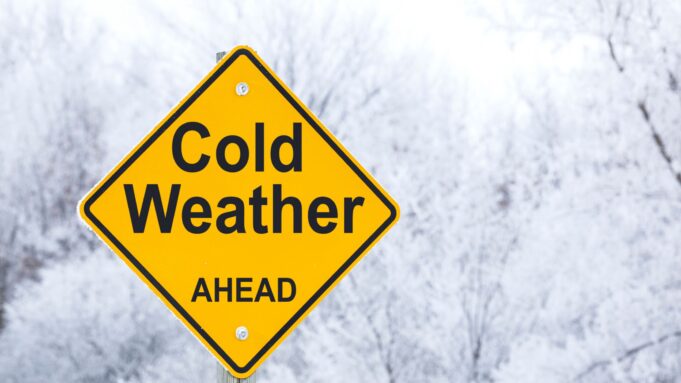The days are getting shorter, colder and wetter. Instead of a run or bike lap outdoors, you get on your exercise bike or treadmill. Nice and warm and dry. A shame, because exercising outside has many health benefits!
It helps your body get some much-needed exercise, you get Vitamin D for strong bones and the fresh air keeps your airways healthy. With our tips, you can keep moving outdoors this coming season.
Here’s how to keep your hands warm
Your circulation keeps you nice and warm. The more you move, the better the circulation gets going. But when it’s really cold, your body has more trouble keeping the body parts with the thinnest blood vessels warm. Your hands, that is. And once you have cold hands, there is no easy way to warm them up. Of course you take gloves off on a cold day. But what should you actually pay attention to when choosing the right running and cycling gloves?
• Choose gloves that are windproof and may have a windstopper. With cycling gloves, it is nice to be able to move your hands well, so choose one that is flexible and not too thick. Thick gloves such as ski gloves, as well as mittens, will restrict your freedom of movement.
• In wet weather, it is important that your gloves maintain good steering control, so anti-slip material on the inside of the glove is not a luxury.
• Optionally, you can choose gloves equipped with touchscreen fabric at the ends of the fingers.
• Make sure your gloves fit snugly at the wrist as well as the cuff. That way no cold can penetrate inside.
• Are you a purebred cold-shoulder? Then consider special heated gloves. These will keep your hands wonderfully warm for about 6 to 8 hours and are fully recharged in 4 hours.
No more cold feet
Especially on a bicycle, your feet can cool quickly due to wind and cold. But even while running in the rain, your feet can cool down quickly. Moisture is disastrous for warm feet. What can you do?
• For optimal circulation, wear socks that are not too tight.
• In addition, choose socks made of wool, wool has breathable properties and allows sweat to be wicked away. In any case, avoid cotton socks; cotton actually retains moisture.
• Make sure not to pull your shoes too tight, so that there is still an insulating layer left between your sock and your shoe. This is essential for warm feet, in it sweat can evaporate and heat stays better in your shoe.
• For cyclists, there are special overshoes that keep out wetness.
• For extra heat support, you can purchase heated socks with rechargeable batteries. These are equipped with thin heat conductors controlled by a rechargeable ion lithium battery that will keep your feet nice and warm for 6 to 8 hours. A godsend for the really cold-hearted among us.
Additional tips
When your body cools down, your hands and feet are the first places you notice it. So it is important to keep not only your hands and feet warm, but also the rest of your body. If it is really cold outside, put on your thermal clothing, but don’t forget your head and neck. A lot of heat is lost through your head!
Hat
A warm thermal hat with wind protection helps you get heat out of your body in a controlled way.
• Do you wear a helmet while cycling? Then choose a special helmet hat. By the way, a helmet hat is also a nice accessory in summer, as it protects you from wasps and insects. It also keeps sweat and rain out of your eyes.
• In winter, you can choose a hat with ear muffs to prevent cold ears and possible earache.
Neck warmer
You can wear a scarf, of course, but the ends often get in the way while cycling and running. A roll neck is a better idea, such a neck warmer has no ends and runs all the way around your neck.
• Choose a water-repellent and breathable version made of polyester, for example. In the winter, wool keeps you better warm.
• Many neck warmers you can also use as a bandana or sweatband.






